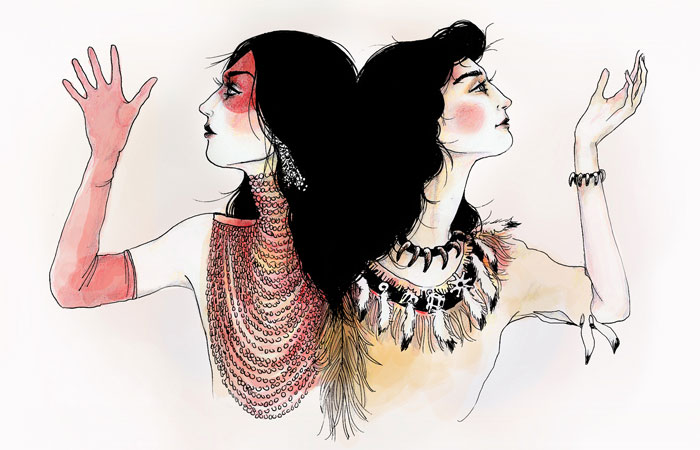Ai, a Steadfast Poetic Channel of Hard Lives, Dies at 62Posted in Articles, Asian Diaspora, Biography, Media Archive, Native Americans/First Nation, United States, Women on 2012-10-13 15:10Z by Steven |
Ai, a Steadfast Poetic Channel of Hard Lives, Dies at 62
The New York Times
2010-03-27
The prominent American poet Ai, whose work — known for its raw power, jagged edges and unflinching examination of violence and despair — stood as a damning indictment of American society, died on March 20 in Stillwater, Okla. She was 62 and lived in Stillwater.
The cause was pneumonia, a complication of previously undiagnosed cancer, said Carol Moder, head of the English department at Oklahoma State University, where Ai had taught since 1999.
Born Florence Anthony, the poet legally changed her name to Ai, which means love in Japanese, as a young woman. She received a National Book Award in 1999 for “Vice: New and Selected Poems,” published that year by W. W. Norton & Company.
Her other books include “Sin” (1986), “Fate” (1991), “Greed” (1993) and “Dread” (2003). A posthumous volume, “No Surrender,” is to be published by Norton in September…
…Though Ai’s work was determinedly not autobiographical, its concern with disenfranchised people was informed, she often said, by her own fractional heritage. Many poems could be read as biting dissertations “On Being 1/2 Japanese, 1/8 Choctaw, 1/4 Black, and 1/16 Irish,” as the title of a 1978 essay she wrote in Ms. magazine put it. (The proportions are telling, too, for not quite adding up to a complete person.)…
…Florence Anthony was born in 1947 in Albany, Tex., and reared mostly in Arizona by her mother and stepfather. For years her biological father’s identity was kept from her. She later learned, as she wrote in an autobiographical essay in the reference work Contemporary Poets, that “I am the child of a scandalous affair my mother had with a Japanese man she met at a streetcar stop.”…
Read the entire obituary here.



